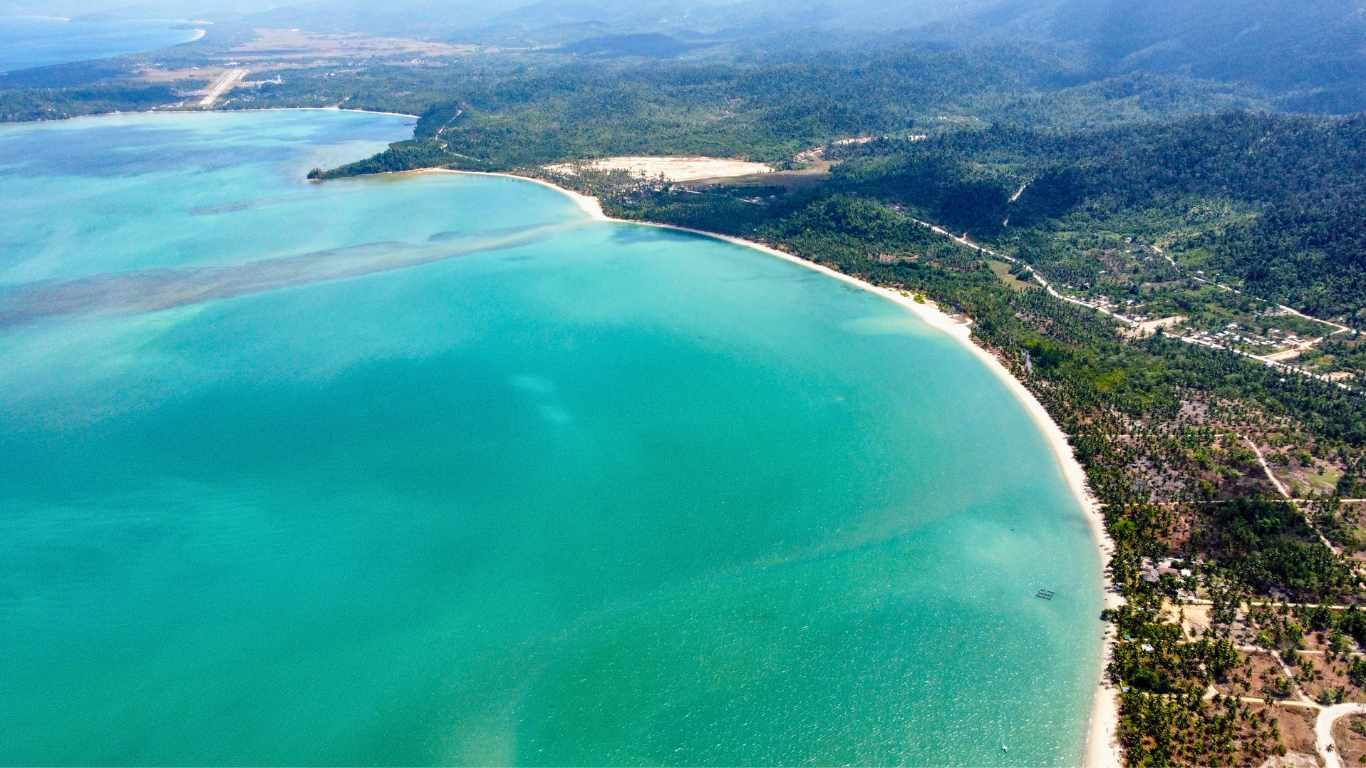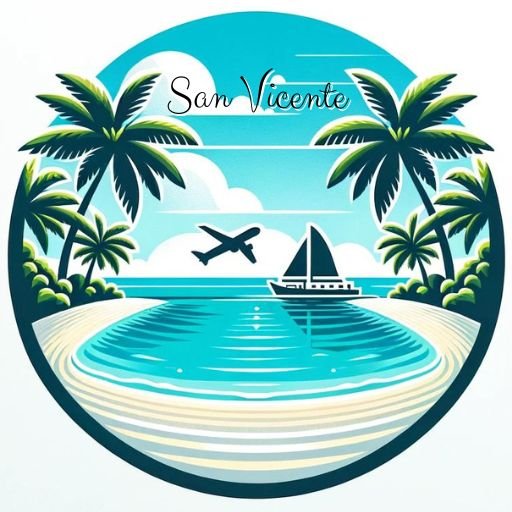
Kemdeng: A Symbol of Cultural Evolution and Communal Harmony in San Vicente, Palawan
Kemdeng, a quaint barangay located in the municipality of San Vicente, Palawan, has a name steeped in rich cultural significance and an identity deeply rooted in tribal heritage. The Tagbanua tribe, one of the indigenous peoples of Palawan, originally called this area “Paedeng,” meaning “little dog or puppy.” This moniker represents the tribe’s tradition of hunting in the forests with dogs, who were often called by this term in their dialect.
The area’s earliest inhabitants were non-Christian tribes, or Tagbanuas, under the leadership of the late brothers Hipolito Villanueva and Domingo Villanueva, prior to the Second World War. Kemdeng was essentially a bastion of Tagbanua’s cultural practices and lifestyle.
However, the area has also seen linguistic evolution over time. The term “Paedeng” underwent a transformation as it was passed down through generations and exchanged among different communities. As the Agutaynens and Cuyunens mingled with the Tagbanuas, they adopted the term but morphed it into a form that was easier for them to pronounce, thus birthing the term “Kemdeng”. This transformed name has since been formally recognized and is now the official name of the barangay.
Despite the passing of time and the transformation of its name, Kemdeng maintains its traditional values at its core. This barangay, one of the oldest in the municipality, is populated by residents who are renowned for their cooperative, hospitable, and helpful nature. They continue to uphold traditional practices like “Bayanihan” or “Gulpi Mano”, which involve community members coming together to help each other during difficult times or in preparation for an event. These practices embody a spirit of collective resilience and unity, showcasing the essence of community living and embodying the cultural richness of the barangay.
Kemdeng is, therefore, not just a barangay in San Vicente, Palawan; it’s a symbol of cultural evolution and communal harmony that continues to thrive in a rapidly changing world. It represents the resilience of indigenous communities, the adaptability of language and the enduring strength of communal practices that have sustained the people of this region for generations.
***
Nestled between the more frequented locales of Barangay Poblacion and Port Barton, Barangay Kemdeng emerges as a serene retreat in San Vicente, Palawan. This hidden gem, endowed with pristine white-sand beaches, crystal-clear waters, lush forests, and the serene beauty of its rivers, beckons the discerning traveler to explore its untouched natural splendor.
A Rich Cultural Tapestry
Kemdeng’s name is derived from the Tagbanua word “paendeng,” meaning “puppy,” a nod to its first settlers—the Tagbanua tribes. Following them were the Agutaynen, Cuyunon, and other migrants, each adding layers to the barangay’s cultural mosaic. Today, Kemdeng stands as one of the oldest barangays in San Vicente, proudly part of Cluster I in the Tourism Master Plan. It is celebrated not just for its natural attractions but also for its vast tracts of land ideal for poultry, livestock, and notably, the Carabao Breeding Center, a testament to its agricultural heritage.
The Journey to Kemdeng
Merely 12 kilometers from Barangay Poblacion and 20 kilometers from the coastal charm of Port Barton, Kemdeng is accessible by land and sea. Despite ongoing road construction aimed at improving accessibility, the village retains its secluded charm. Travelers can reach this quaint barangay by motorbike or e-trike from San Vicente Airport or enjoy a scenic boat ride from Port Barton, making the journey part of the adventure.
Governance and Local Administration
Under the capable leadership of its Barangay Captain and the Barangay Council, Kemdeng flourishes with initiatives to enhance local governance and community development. The cooperation between local government and the Tourism Infrastructure and Enterprise Zone Authority (TIEZA) ensures the sustainable development of tourism-related enterprises, adhering strictly to the guidelines set forth in the Master Plan.
Amenities and Services
Kemdeng boasts essential public offices and establishments, including a Barangay Hall, elementary school, health center, and a community gymnasium, ensuring residents and visitors alike have access to basic services. While the area awaits the completion of glamping sites and a farm park, small stores cater to daily needs.
Embracing the Natural
The climate in Kemdeng invites visitors to enjoy its outdoor splendor, with dry seasons perfect for exploring and rainy months that transform the landscape into a lush paradise. Despite its burgeoning tourism potential, the absence of ATMs and limited commercial centers encourage a visit planned with self-sufficiency in mind.
What to See and Do
From the enchanting Kemdeng Beach to the vibrant IP Festival celebrating the Indigenous Peoples’ Founding Anniversary, the area is a treasure trove of activities. Trek to hidden waterfalls, bask in the sun on Tandol Beach, or explore the richness of Erica’s Farm and the Carabao Breeding Center. The beauty of Kemdeng is in its invitation to immerse oneself fully in the natural and cultural tapestry it offers.
Staying Connected and Comfortable
While the charm of Kemdeng includes its off-the-grid vibe, with no electricity and relying on generator sets, it doesn’t compromise on connectivity. Mobile data connections are surprisingly robust at the beach, allowing visitors to share their experiences instantly. Though accommodations are currently under development, the promise of future establishments hints at the burgeoning interest in this untouched paradise.
Responsible Tourism
Visitors to Kemdeng are encouraged to engage with the community respectfully, adhering to local guidelines such as the eco-card for environmental conservation, managing waste responsibly, and preparing for the natural elements with appropriate travel essentials. The community’s efforts to maintain the area’s pristine condition reflect a shared commitment to preserving its natural beauty and cultural heritage for generations to come.
Kemdeng, San Vicente Palawan, stands as a testament to the harmonious blend of nature and culture, inviting travelers to experience its serene beauty, rich history, and the warm hospitality of its people. As this hidden gem slowly unveils itself to the world, it remains committed to preserving its essence, offering a unique journey back to nature and simplicity.

